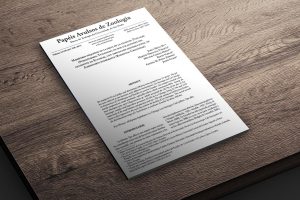A global reptile assessmemt highlights shared conservation needs of tetrapods
| Título: | A global reptile assessmemt highlights shared conservation needs of tetrapods. |
| Identificador de recurso: | https://www.nature.com |
| Fecha: | 2022-04-27 |
| Autor: | Cox, Neil; Young, Bruce E.; Bowles, Philip; Fernandez, Miguel; Marin, Julie; |
| Otros colaboradores: | |
| Editorial: | Nature |
| Derechos: | Acceso Abierto |
| Descripción |
Comprehensive assessments of species’ extinction risks have documented the extinction crisis1 and underpinned strategies for reducing those risks2. Global assessments reveal that, among tetrapods, 40.7% of amphibians, 25.4% of mammals and 13.6% of birds are threatened with extinction3. Because global assessments have been lacking, reptiles have been omitted from conservation-prioritization analyses that encompass other tetrapods4,5,6,7. Reptiles are unusually diverse in arid regions, suggesting that they may have different conservation needs6. Here we provide a comprehensive extinction-risk assessment of reptiles and show that at least 1,829 out of 10,196 species (21.1%) are threatened—confirming a previous extrapolation8 and representing 15.6 billion years of phylogenetic diversity. Reptiles are threatened by the same major factors that threaten other tetrapods—agriculture, logging, urban development and invasive species—although the threat posed by climate change remains uncertain. Reptiles inhabiting forests, where these threats are strongest, are more threatened than those in arid habitats, contrary to our prediction. Birds, mammals and amphibians are unexpectedly good surrogates for the conservation of reptiles, although threatened reptiles with the smallest ranges tend to be isolated from other threatened tetrapods. Although some reptiles—including most species of crocodiles and turtles—require urgent, targeted action to prevent extinctions, efforts to protect other tetrapods, such as habitat preservation and control of trade and invasive species, will probably also benefit many reptiles.
|
| Claves | |
| Relación | e-ISSN: 1476-4687 |
| Cobertura | EC |
| Idioma | en |
| Volumen | 605 |
| Formato | |
| Tipo de recurso | texto |
| Fuente | https://doi.org/10.1038/s41586-022-04664-7 |
| Descarga | https://doi.org/10.1038/s41586-022-04664-7 |



